
PUMPA - SMART LEARNING
எங்கள் ஆசிரியர்களுடன் 1-ஆன்-1 ஆலோசனை நேரத்தைப் பெறுங்கள். டாப்பர் ஆவதற்கு நாங்கள் பயிற்சி அளிப்போம்
Book Free DemoHydrophytes:
Plants that grow in or near water are called hydrophytes.
Example:
Free-floating - Eichhornia, Lemna, and Pistia.
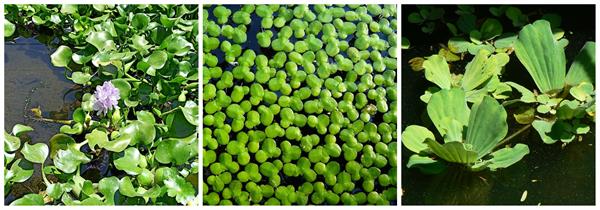
From left to right: Eichhornia, Lemna, and Pistia
Submerged - Hydrilla, Vallisneria, Ceratophyllum.

From left to right: Hydrilla, Vallisneria, Ceratophyllum
The hydrophytes face certain challenges or limitations that are observed in the habitat. They include:
1. Availability of more water which they need.
2. Aquatic environment is subject to water movements that range from small circulation to strong currents. These water currents can damage the body or parts of the plant.
3. The levels of water may change regularly.
4. The plants must maintain buoyancy in water.
Adaptations present in hydrophytes:
1. In hydrophytes floating on the surface or slightly below the water's surface, the roots may or may not be rooted in the soil. The roots are thus poorly developed.
Example:
In hydrilla, the roots are poorly developed.
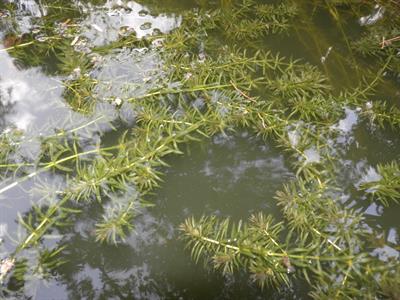
Hydrilla
In Wolffia, the roots are absent.
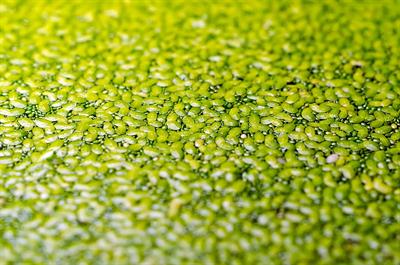
Wolffia
2. In Lemna, the plant body is greatly reduced.
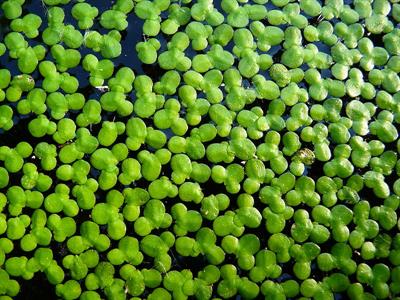
Lemna
3. The leaves in submerged plants are small, ribbon-like, narrow or finely divided. Examples include Hydrilla and Vallisneria.
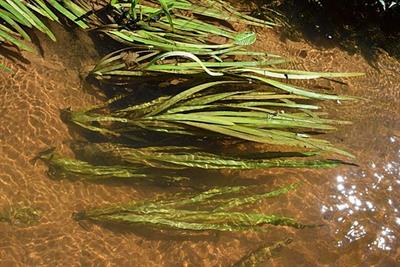
Vallisneria
4. Some submerged plants are rooted in ponds, lakes, and rivers. The floating leaves have a long petiole (leaf stalks) that enable the leaves to move up and down in response to the water level changes.
5. In water hyacinth or Eichhornia, there is the presence of air chambers that provide buoyancy and mechanical support. The plant has swollen petiole, which develops sponginess. This provides the necessary buoyancy to the plants.
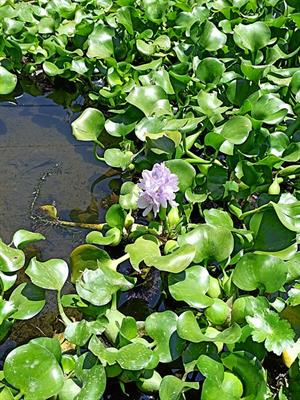
Eichhornia or water hyacinth
Reference:
https://commons.wikimedia.org/wiki/File:Eichhornia_crassipes_(or_Pontederia_crassipes)_-_Family_Pontederiaceae_-_River.jpg
https://commons.wikimedia.org/wiki/File:Kleine_Wasserlinse_(Entengr%C3%BCtze).JPG
https://www.flickr.com/photos/dinesh_valke/41108452071
https://commons.wikimedia.org/wiki/File:Hydrilla_verticillata-1-bsi-yercaud-salem-India.jpg
https://commons.wikimedia.org/wiki/File:Vallisn%C3%A9rie_Vallisneria_spiralis_Brant%C3%B4me-Dronne_2014_4.JPG
https://pixabay.com/de/photos/hornkraut-verwenden-aquarium-pflanze-3390274/
https://commons.wikimedia.org/wiki/File:Wolffia_arrhiza.jpg
https://upload.wikimedia.org/wikipedia/commons/thumb/0/00/Vallisneria_americana_UMFS_3.JPG/512px-Vallisneria_americana_UMFS_3.JPG